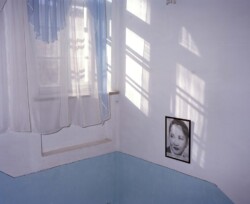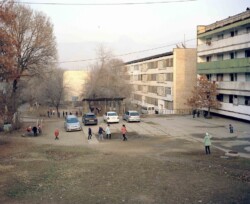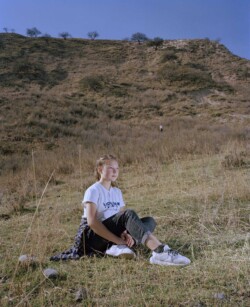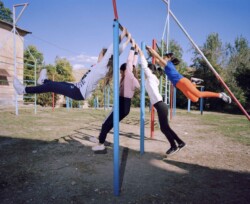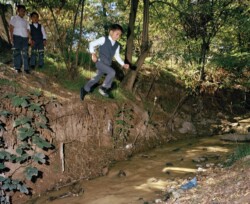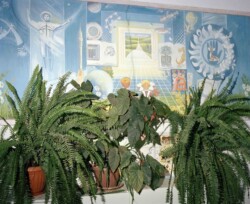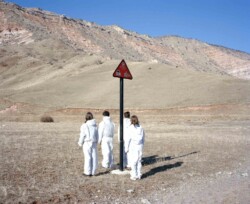Alexander Komenda’s (b. 1992) work aims to reveal the multi-faceted nature of everyday life: to form a dialogue in a given community with care, tenderness and humility. The complex interweaving relationship between community and environment is a recurring motif in his works. His contemporary documentary approach involves placing his practice somewhere between fact and fiction, whilst retaining classic candid and observational approaches. He explores themes such as psychology, marginalisation, externality, colonisation, and youth – all culminating in observational and performative documentary narratives. For Komenda, the key is engaging dialectically with subjects – dignifying their presence and incorporating their input to shape their stories; maximising their participation in the work. This approach is equally if not more important off-camera, to engage whole-heartedly and help establish a dignified sense of rapport. Much of his interest lies in topical issues, largely geopolitically rooted, intersecting with historical, mythological, and philosophical themes; and how they are manifested in the quotidian.
Jove’s Palace examines the nuances between the day-to-day, history, and geopolitics in relation to the inhabitants’ relationship to the surrounding, polluted landscape. Mailuu-Suu, a once secret ‘atomgrad’ municipality code named ‘Mailbox 200’, located in Kyrgyzstan, was a central mining hub that was part of the Soviet atomic program, where uranium ore mining took place between 1946 and 1968. Consequently, a total of 23 toxic tailings were disposed of, some located in areas vulnerable to erosion that were near the river and in areas of unstable tectonic activity. This threatened both the community and the populous Fergana Valley downriver. Moreover, uranium extracted from Mailuu-Suu was reportedly utilised for the creation of the first atomic bomb for the Soviet nuclear program. In the series, the Soviet Union is not singled out as the villain, but a light is shone on its imperial manifestations and exploitative institutional mechanisms to draw attention to its ubiquitous pattern that remains widespread in our world.

